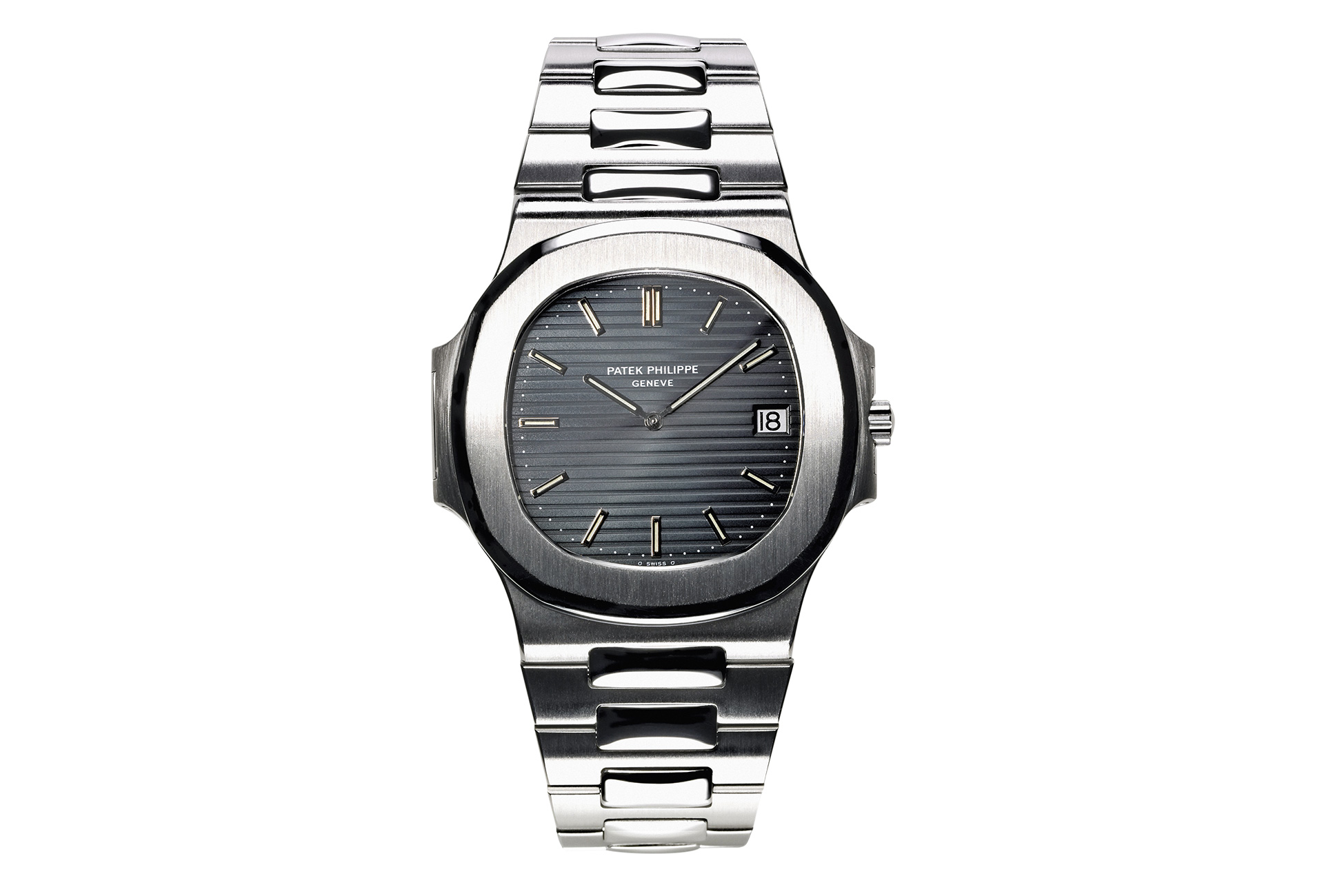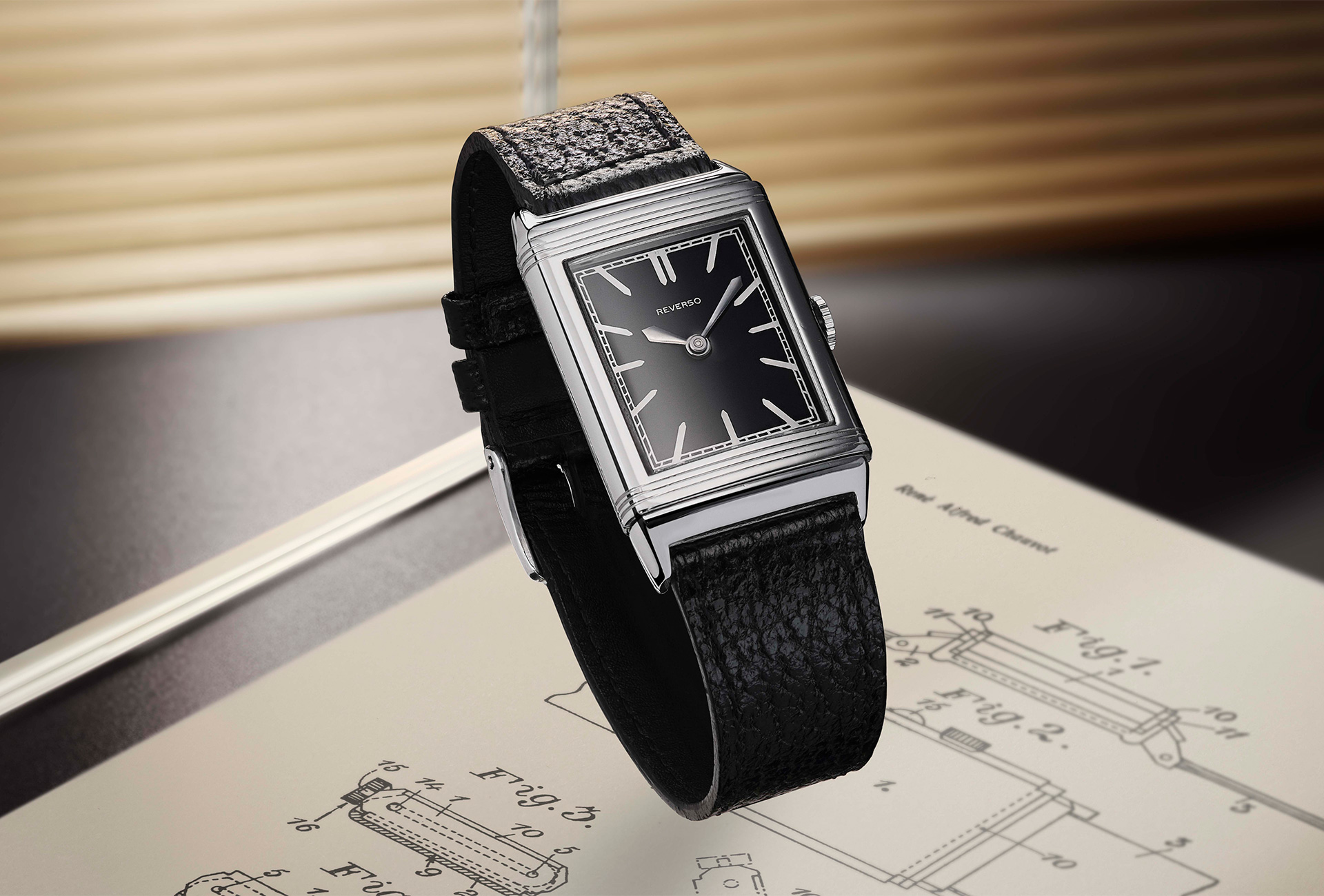Blink and you may have missed, early this year, the release of an anniversary edition of the Cartier Tank Cintrée: by the time it reached public attention, the entire edition had been pre-sold. Collectors were justifiably keen to own one of these 150 watches, created for the 100th anniversary of the first variation on the famed Cartier Tank, imagined a few years earlier and commercially introduced in 1919. At a time when the wristwatch was still very much a novelty and the influence of the Bauhaus school was creeping into design, the watch imagined by Louis Cartier would stand out as the archetype of the modern wristwatch. One whose success has never waned in a century of existence.
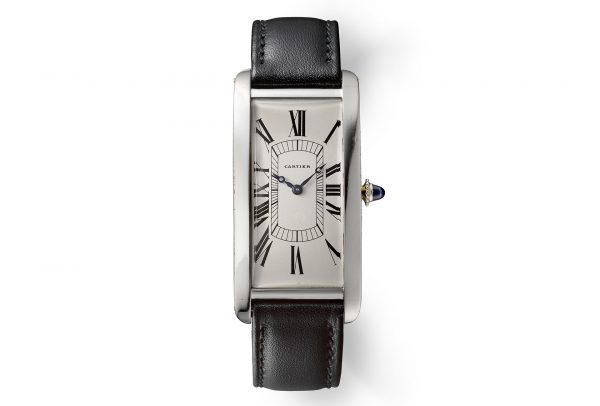
The Tank Cintrée was designed to follow the natural curve of the wrist; an idea Cartier had already experimented with when it introduced the Tonneau in 1906. A blend of oval and rectangular shapes, this new silhouette was a radical departure from the then dominant pocket watch with its round form. The idea of gently curving or arching the case (cintrée means curved) left no doubt that the Tank Cintrée was meant to be worn on the wrist.
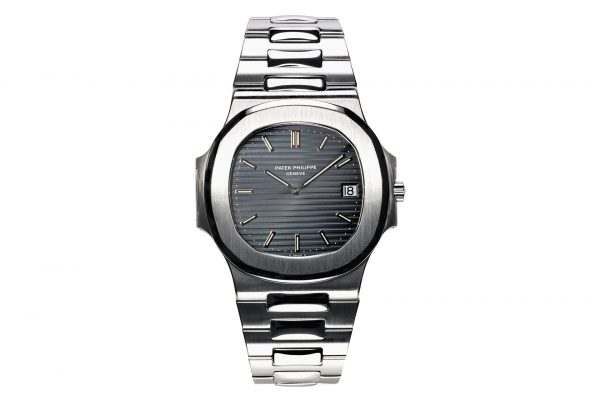
This celebration of a defining piece of horological history is just the first in a series of anniversaries taking place throughout 2021. Designed by Gérald Genta, the Nautilus by Patek Philippe also has a milestone 45th birthday. While certainly younger than the Tank, it too turned a page in watch design. “Launched in 1976, the Nautilus was surprising in several respects,” says Patek Philippe. “The choice of stainless steel was totally unusual for a luxury watch. The octagonal bezel with rounded corners departed from conventional designs. Its case was inspired by a ship’s porthole. The exceptional robustness and water resistance to 120 metres was an extreme challenge then for a regularly produced watch. And the interplay of polished and satin-brushed finissage emphasized the uniqueness of the form elements. With its horizontal relief embossing on the dial and the integrated steel bracelet with external links that tapered in the direction of the clasp, the Nautilus immediately proved to be the perfect incarnation of casual elegance.” Patek Philippe is paying tribute to the Nautilus with three new iterations: one in steel with a green dial (with or without diamonds), a Travel Time Chronograph in pink gold and a High Jewellery piece.
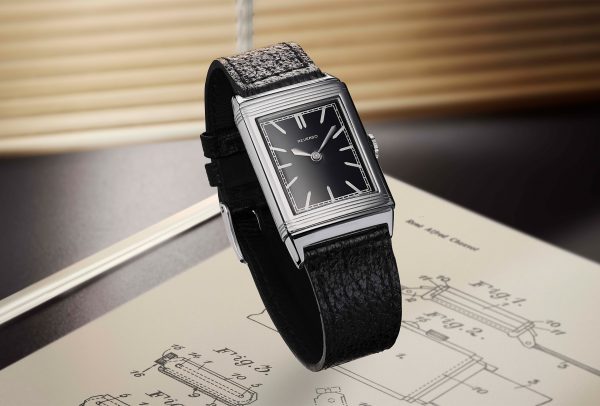
Before the sport-luxe watch burst onto the scene in the 1970s (the Nautilus being a salient example, as is Audemars Piguet’s Royal Oak and the Riviera that Baume & Mercier has revived this year), tool watches were all the rage. Linked to tales of adventure and derring-do, they too have something to celebrate, starting with the Jaeger-LeCoultre Reverso which is marking its 90th anniversary on a grand scale… grand as in the extraordinary grande complication Hybris Mechanica Calibre 185 with its 11 complications. These include unprecedented astronomical indications. Let us not forget, however, that the Reverso was originally developed for polo players wishing to protect their timepiece from a fatal encounter with a mallet or ball, thanks to its swivel case. From purely functional, this ingenious solution would pave the way for fabulously creative variations. The purpose of the “basic” Reverso, however, was clearly to survive extreme conditions of use; the type of watch that would leave its mark for years, if not decades, to come.
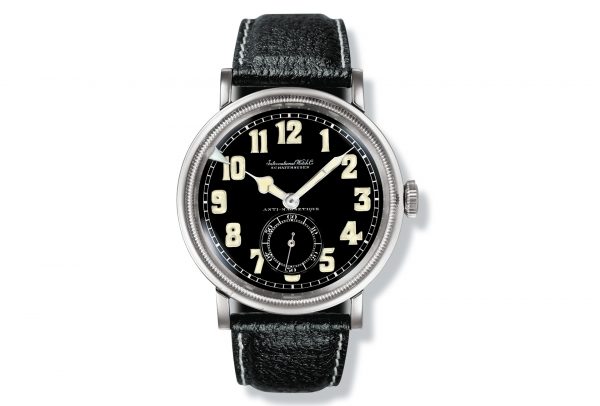
IWC responded to the need for accurate, robust and reliable timepieces that were capable of braving the toughest situations with a first Special Watch for Pilots in 1936. “The history of pilot’s watches at IWC stretches back to the early years of aviation,” notes the brand. “At the time, precise wristwatches were an essential cockpit instrument and vital to a pilot’s survival. Used primarily to monitor flight times or engine operating hours, they were also useful tools for navigation during visual flights. Combined with a sextant, a highly accurate wristwatch helped the wearer to determine their current location using astronomical navigation. IWC was an early pioneer in the production of technical instruments designed to meet aviators’ requirements.” Already, the 1936 model was equipped with an anti-magnetic movement that resisted temperature fluctuations between -40° and +40°C, as well as a shatterproof crystal. These qualities laid the groundwork for a vast Pilot’s collection which IWC is extending in this 85th anniversary year with a 43mm diameter that harks back to the exploits of the pioneers of flight.
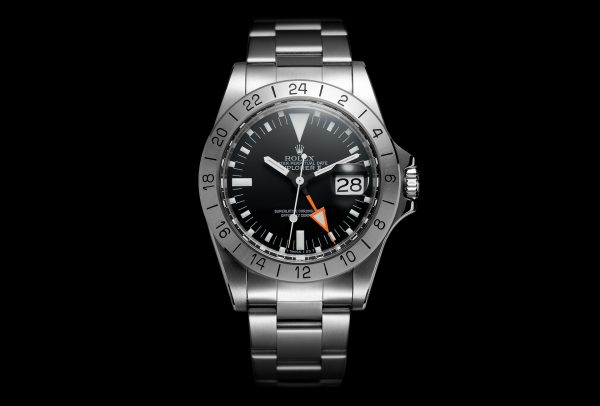
Possibly one name more than any springs to mind when discussing watches made for adventure, and that is Rolex. In the brand’s own words: “The Explorer II is heir to the privileged relationship that has long united Rolex and exploration. Presented in 1971, this robust and reliable watch quickly became an essential tool for explorers travelling to the far corners of the globe, often in extreme conditions. Thanks to its 24-hour display comprising an additional, orange hour hand and an engraved bezel, the Explorer II allows the wearer to clearly distinguish daytime from night-time hours. This is particularly useful in areas where it is difficult or even impossible to distinguish between day and night, such as underground or in polar regions, which experience six months of daylight and six months of darkness a year. In certain conditions, this display enables the watch to serve as a compass. The 24-hour display can also be used to show a second time zone.” For this 40th anniversary, the Explorer II comes with a redesigned case and bracelet, and is fitted with calibre 3285, a movement “at the forefront of watchmaking technology.” Proof, were it needed, that every day can be a new adventure.















